Exchange rates of the world's leading currencies in Russia have updated their four-month minimum. The dollar dropped to 88.32 rubles/$, the euro to 95.9 rubles/€. This is facilitated by a fall in demand for currency from importers against the backdrop of continued supply from exporters and the Central Bank. The dollar exchange rate may fall below 88 rubles/$, but in June it will exceed 92 rubles/$, analysts say.
The dollar exchange rate at the Moscow Exchange trading on May 27 fell below 89 rubles/$ for the first time in four months. The decline began in the morning, and by 11:40 the dollar had lost more than 1.2 rubles, dropping to 88.32 rubles/$, the minimum since January 24. Even taking into account the correction to 88.62 rubles/$, it stopped near the values of four months ago. Multi-month lows renewed the euro and yuan exchange rates, falling to 95.9 rubles/€ and 12.14 rubles/CNY. At the end of the day, they settled at 96.27 rubles/€ and 12.17 rubles/CNY.
The strengthening of the Russian currency continues for the sixth week. During this time, the dollar exchange rate fell by more than 5.8 rubles, and in the last two weeks alone — by 3.6 rubles. The euro exchange rate decreased by 4 rubles during the same time. and 3.2 rubles, yuan — by 80 kopecks. and 51 kopecks. respectively. The ruble strengthened its position more rapidly in October 2023, then, against the backdrop of the announcement of parameters for the mandatory sale of foreign currency earnings by large exporters, the dollar fell by 8.7 rubles in seven weeks, to 97.07 rubles/$.
At the end of April, the government extended the requirement for mandatory repatriation and sale of foreign currency earnings for a year.
This was assessed positively by market participants, but did not determine the movement of the ruble exchange rate to local minimums, experts believe. Sovcombank chief analyst Mikhail Vasiliev notes that the national currency was supported by high oil prices and the current account surplus of the Russian balance of payments, as well as an increase in sales of yuan as part of budget operations (since May 8, the Central Bank increased the volume of such sales tenfold, to 6.3 billion rub. per day).
Previously, the market easily absorbed such volumes of currency due to the demand of importers, but in May their interest dropped. Central Bank data indicate that the volume of imports of goods and services has stabilized. This factor is unlikely to be long-term: PSB chief analyst Denis Popov believes that the growth of the Russian economy “should be accompanied by an increase in import supplies.” “Importers generate about $17–19 billion in demand for foreign currency per month, which is 20–25% of the total exchange turnover of foreign currency trading per month,” he clarifies.
However, it is decreasing at the same time share of foreign exchange payments for imports.
By the end of the first quarter, according to the Central Bank, the use of foreign currency fell by 9 percentage points (pp), to 59.2%. This is 11 percentage points below the March 2023 values. The ruble accounted for almost 41% of imports.
The head of the analytical department of Zenit Bank, Vladimir Evstifeev, notes the saturation of the local market with imported goods and the deterioration of accessibility to them due to the increasingly complex payment infrastructure. The latter was a consequence of the threat of American sanctions against banks financing trade in goods with Russia.
In such conditions, analysts allow further strengthening of the ruble, but doubt that it will last. According to Denis Popov, the dollar exchange rate may already be fixed above 90 rubles/$ in the first half of June. The reason will be a decrease in exports against the backdrop of lower oil prices in recent weeks and a recovery in imports. “Imports may intensify against the backdrop of gradual adaptation to secondary sanctions and the elimination of bottlenecks in the payment infrastructure for cross-border transactions,” the expert believes.
At the same time, the ruble has other supporting factors, for example, the strict monetary policy of the Central Bank of the Russian Federation.
Mikhail Vasiliev admits that next week the regulator will increase the key rate from the current 16% to 17% and keep it at this level until the end of the year. Following this, deposit rates will increase by a comparable amount. “High deposit rates will further increase the attractiveness of ruble savings,” says Mr. Vasiliev. According to his estimates, in June the ruble will trade in the ranges of 88–92 rubles/$, 96–100 rubles/€ and 12.1–12.7 rubles/CNY.




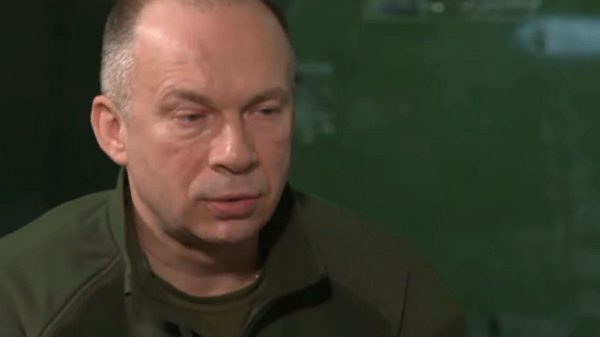




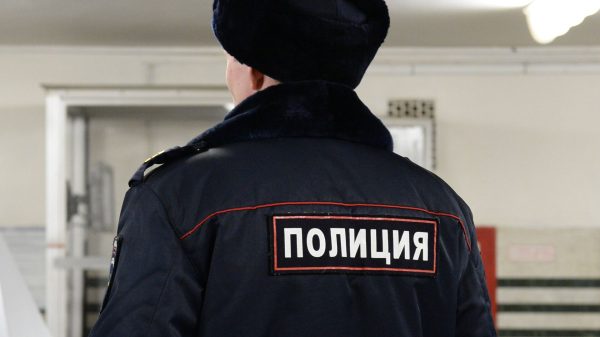
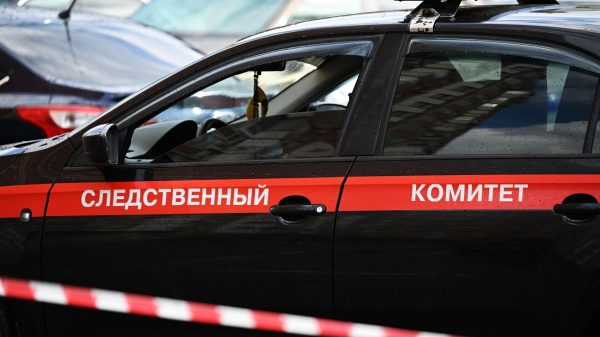






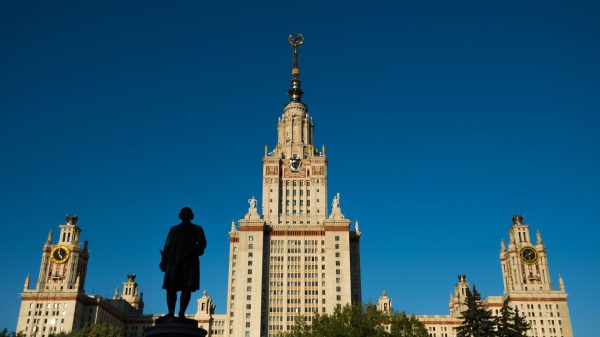
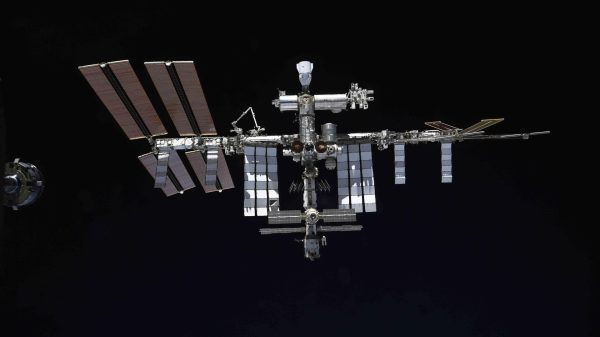







































Свежие комментарии